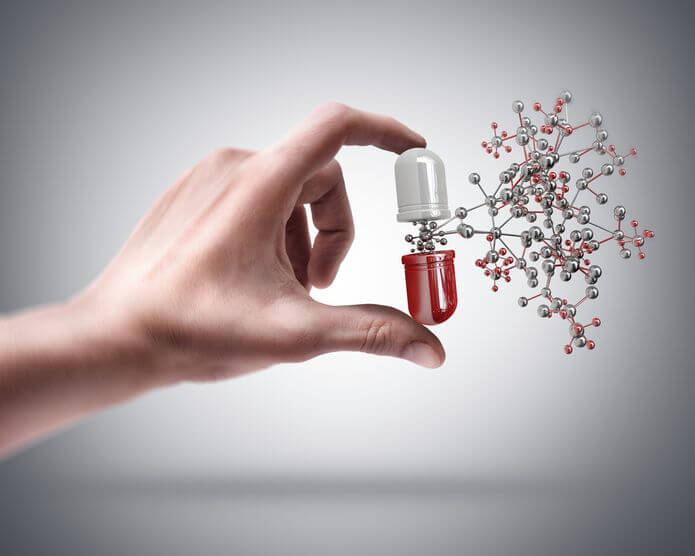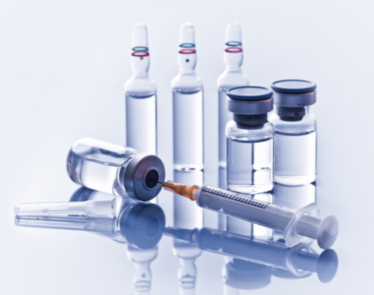
In combination with docetaxel, the U.S. Food and Drug Administration (FDA) has approved Bayer’s Nubeqa for the treatment of hormone-sensitive metastatic prostate cancer (mHSPC).Nubeqa (darolutamide) was previously approved for the treatment of non-metastatic castration-resistant prostate cancer in the United States.
In May, the FDA expedited its examination of the supplemental New Drug Application (sNDA) for darolutamide submitted by the German company. The approval is based on the findings of the Phase 3 ARASENS trial, which revealed a 32% reduction in mortality risk with Nubeqa plus ADT and docetaxel compared to ADT and docetaxel alone. The combination of Nubeqa, ADT, and docetaxel resulted in a statistically significant delay in the progression of pain.
According to Bayer (OTCPK: BAYRY), the licence was granted under the FDA’s Real-Time Oncology Assessment pilot program, which aims to provide a more efficient review to ensure that patients have access to effective cancer medicines as soon as feasible. Additionally, ongoing reviews are being done through the FDA’s Project Orbis initiative, which allows parallel submission and review of cancer medicines by worldwide health authorities.
The recommended dose of darolutamide for the treatment of mHSPC is 600 mg (two 300 mg tablets) twice daily with food until unacceptable toxicity or disease progression occurs. Docetaxel,75 mg/m2, is delivered intravenously every three weeks for up to six cycles. Six weeks after initiating treatment with darolutamide, the initial dosage of docetaxel should be delivered.
Overall survival was the primary endpoint of the study. The trial’s secondary objectives were time to progression in pain, castration-resistant prostate cancer, first symptomatic skeletal event, the initiation of consecutive anticancer treatment, and adverse events (AEs) as a measure of safety and tolerability.
In 2019, the FDA authorized Nubeqa for the treatment of non-metastatic castration-resistant prostate cancer (nmCRPC) in men who had had bilateral orchiectomy and received a concurrent gonadotropin-releasing hormone analog or analog.
Featured Image: DepositPhotos @ADDRicky












